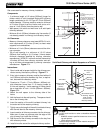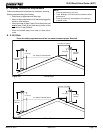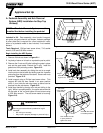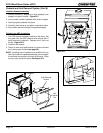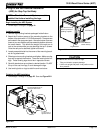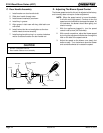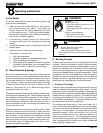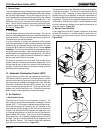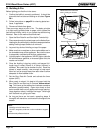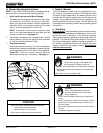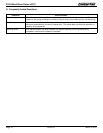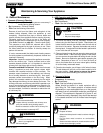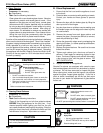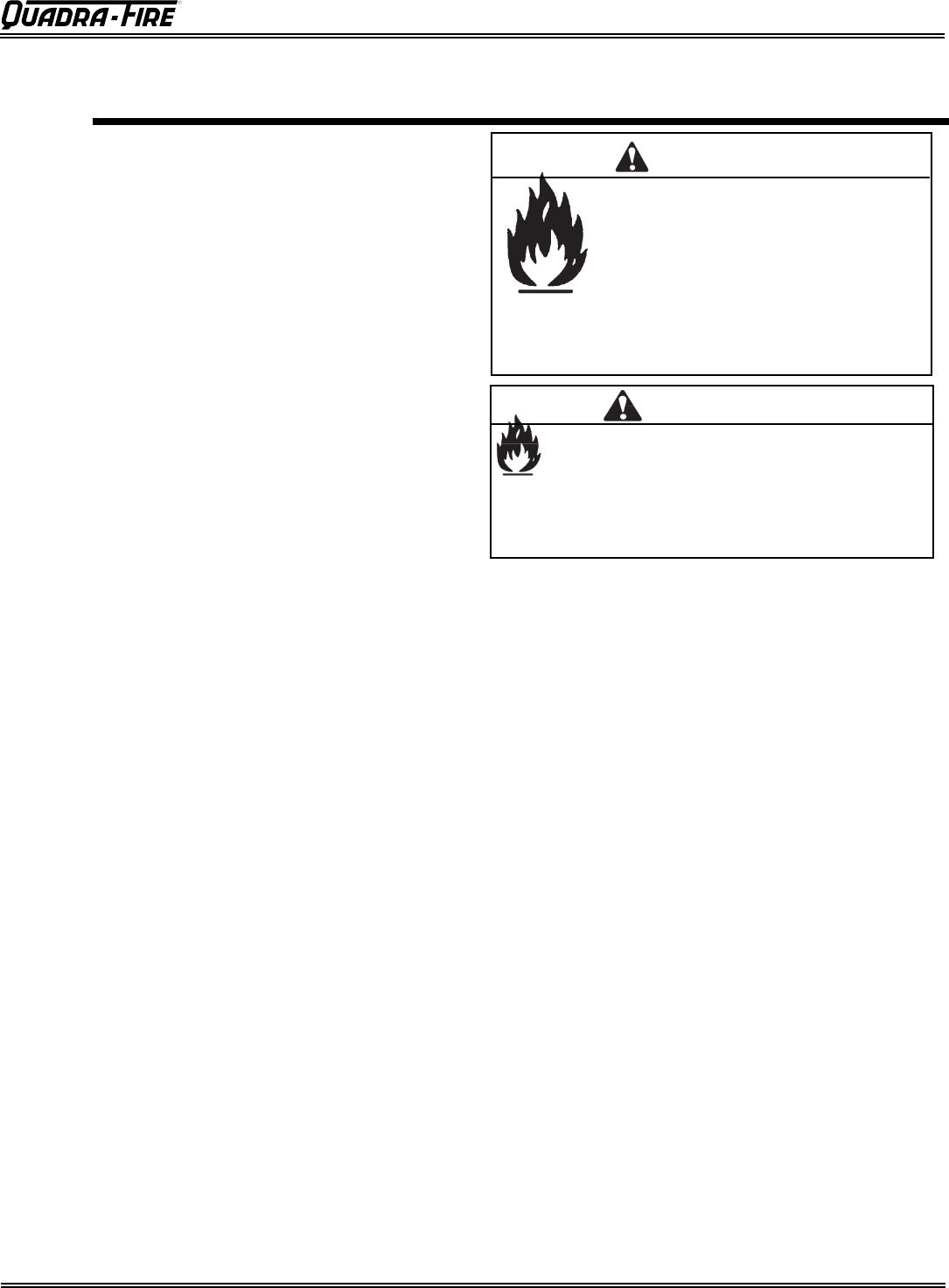
March 2, 2007
7033-277C
Page 25
3100 Wood Stove Series (ACC)
R
8
Operating Instructions
B. Wood Selection & Storage
Burn only dry seasoned wood. Store wood under cover, out
of the rain and snow. Dry and well-seasoned wood will not
only minimize the chance of creosote formation, but will give
you the most effi cient fi re. Even dry wood contains at least
15% moisture by weight, and should be burned hot enough
to keep the chimney hot for as long as it takes to dry the
wood out - about one hour. It is a waste of energy to burn
unseasoned wood of any kind.
Dead wood lying on the forest fl oor should be considered wet,
and requires full seasoning time. Standing dead wood can
be considered to be about 2/3 seasoned. To tell if wood is
dry enough to burn, check the ends of the logs. If there are
cracks radiating in all directions from the center, it is dry. If
your wood sizzles in the fi re, even though the surface is dry,
it may not be fully cured.
Splitting wood before it is stored reduces drying time. Wood
should be stacked so that both ends of each piece are
exposed to air, since more drying occurs through the cut ends
than the sides. This is true even with wood that has been
split. Store wood under cover, such as in a shed, or covered
with a tarp, plastic, tar paper, sheets of scrap plywood, etc.,
as uncovered wood can absorb water from rain or snow,
delaying the seasoning process.
C. Burning Process
In recent years there has been an increasing concern about
air quality. Much of the blame for poor air quality has been
placed on the burning of wood for home heating. In order to
improve the situation, we at Quadra-Fire have developed
cleaner-burning woodstoves that surpass the requirements
for emissions established by our governing agencies. These
woodstoves, like any other appliances, must be properly
operated in order to insure that they perform the way they are
designed to perform. Improper operation can turn most any
wood stove into a smoldering environmental hazard.
1. Kindling or First Stage
It helps to know a little about the actual process of burning in
order to understand what goes on inside a stove. The fi rst
stage of burning is called the kindling stage. In this stage, the
wood is heated to a temperature high enough to evaporate the
moisture which is present in all wood. The wood will reach
the boiling point of water (212°F) and will not get any hotter
until the water is evaporated. This process takes heat from
the coals and tends to cool the appliance.
Fire requires three things to burn - fuel, air and heat. So, if
heat is robbed from the appliance during the drying stage,
the new load of wood has reduced the chances for a good
clean burn. For this reason, it is always best to burn dry,
seasoned fi rewood. When the wood isn’t dry, you must
open the air controls and burn at a high burn setting for a
longer time to start it burning. The heat generated from the
fi re should be warming your home and establishing the fl ue
draft, not evaporating the moisture out of wet, unseasoned
wood, resulting in wasted heat.
A. Fire Safety
To provide reasonable fi re safety, the following should be
given serious consideration:
1. Install at least one smoke detector on each fl oor of
your home to ensure your safety. They should be
located away from the heating appliance and close
to the sleeping areas. Follow the smoke detector
manufacturer’s placement and installation instructions,
and be sure to maintain regularly.
2. A conveniently located Class A fire extinguisher
to contend with small fires resulting from burning
embers.
3. A practiced evacuation plan, consisting of at least two
escape routes.
4. A plan to deal with a chimney fi re as follows:
In the event of a chimney fi re:
a. Notify fi re department
b. Prepare occupants for immediate evacuation.
c. Close all openings into the stove.
d. While awaiting fi re department, watch for ignition
of adjacent combustibles from overheated stove
pipe, hot embers or sparks from the chimney.
WARNING
Fire Risk
Do NOT store wood:
• Closer than required clearances to com-
bustibles to appliance
• Within space required for loading or ash
removal.
Do NOT operate appliance:
• With appliance door open.
• With ash removal system door open.
• Do NOT burn wet or green wood.
• Store wood in dry location.
• Stack wood so both ends are exposed to air.
Wet, unseasoned wood can cause accumulation of
creosote.
Fire Risk.
WARNING



